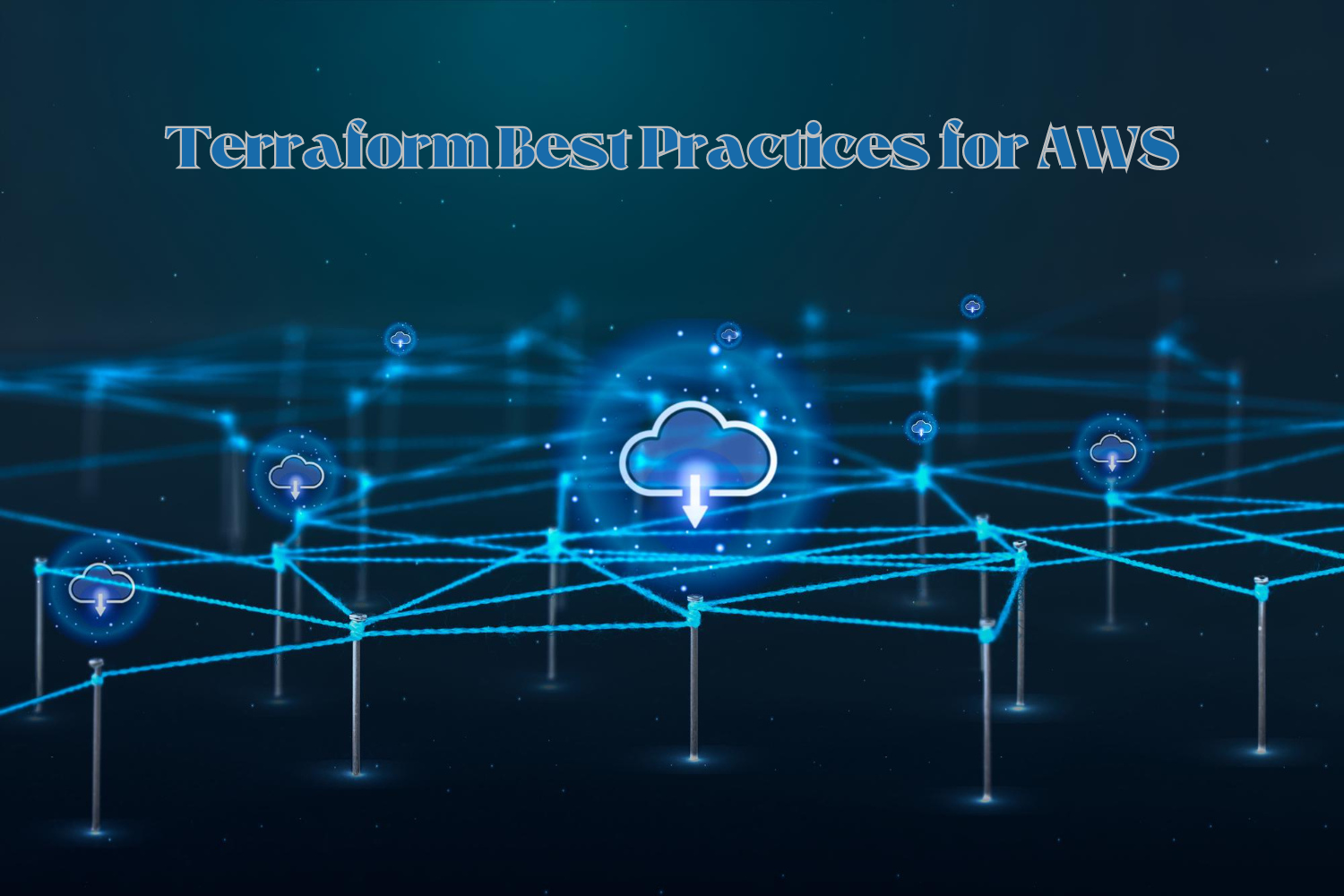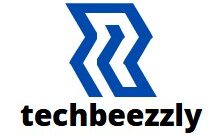
Imagine describing your perfect cloud environment, with all the servers, networks, and databases in place, and then having it magically appear at your command. That’s the power of Terraform, an infrastructure as a code tool that lets you define and manage your infrastructure in a declarative, human-readable language. Instead of manually clicking through web interfaces or writing scripts, you tell Terraform what you want, and it figures out how to build it.
In this case, you definitely have questions like, Who uses Terraform? Developers, DevOps engineers, system administrators, and anyone who wants to manage their infrastructure more efficiently and reliably. It’s widely used with significant cloud providers like AWS, Azure, and Google Cloud Platform.
By using Terraform, you can define your infrastructure declaratively, making it easier to provision, manage, and automate your deployments. However, following best practices to ensure your Terraform code is secure, efficient, and maintainable is important.
Key Benefits of Using Terraform
- Efficiency: Automate infrastructure provisioning and management, saving you time and effort.
- Consistency: Define your infrastructure once and deploy it flawlessly across environments.
- Repeatability: Easily replicate your infrastructure for testing, development, and production.
- Version control: Track changes to your infrastructure like any other code and roll back if needed.
- Collaboration: Share and reuse your infrastructure configurations with other team members.
Best Practices to Follow Using Terraform for AWS

Let’s dive into each of the Terraform best practices for AWS in more detail:
1. Organize Your Code:
Module Structure:
- Purposeful Modules: Break down your infrastructure into modules that serve specific purposes, such as networking, computing, or security.
- Reusable Modules: Design modules to be reusable across different projects or environments.
Folder Structure:
- Environment-Based Folders: Organize your code into folders based on environments (e.g., dev, staging, prod) or logical groupings.
- Separate Configurations: Keep your configurations modular and separate concerns like VPC, Terraform EC2 Instance, and RDS.
2. Use Variables Effectively:
Input Variables:
- Configuration Flexibility: Use input variables for values that may change across environments, like instance types, counts, or AMIs.
- Default Values: Provide default values for variables and document their purpose.
Output Variables:
- Expose Useful Information: Define output variables for values that might be useful in other Terraform configurations.
- Documentation: Document the purpose and usage of output variables.
3. State Management:
Remote Backend:
- S3 Backend: Store your Terraform state file in an S3 bucket to enable collaboration and centralized state management.
- DynamoDB Locking: Enable DynamoDB for state locking to prevent concurrent modifications.
4. Resource Naming Conventions:
- Consistency: Adopt a consistent naming convention for resources to enhance readability and reduce the chances of naming conflicts.
- Document Naming Conventions: Document and communicate naming conventions to your team.
5. Tagging:
- Resource Tagging: Implement consistent tagging for resources to enable better resource management and cost tracking.
- Tag Variables: Leverage variables to define tags in a centralized manner.
6. Use AWS Provider Features:
- IAM Roles: Use IAM roles instead of hardcoding AWS credentials in your Terraform code.
- Security Groups: Leverage security groups to manage network access to your resources.
7. Immutable Infrastructure:
- Replace Instead of Modify: Prefer creating new resources instead of modifying existing ones to enforce immutability and reduce potential issues.
8. Version Control:
- Git Repository: Keep your Terraform code in a version-controlled Git repository.
Commit Messages: Write clear and descriptive commit messages to explain changes.
9. Security Best Practices:
- Avoid Hardcoding Secrets: Do not hardcode sensitive information like access keys or passwords in your code.
- KMS Encryption: Use AWS Key Management Service (KMS) for managing encryption keys.
- Least Privilege: Follow the principle of least privilege when defining IAM roles.
10. Documentation:
- README Files: Include a README file in each module or project explaining how to use and customize your Terraform configurations.
- Inline Comments: Add comments in your Terraform code to explain decisions, configurations, or any non-trivial code blocks.
11. Testing:
- Static Analysis: Use tools like tflint for static analysis to catch syntax and style errors.
- terraform validate: Run terraform validate to ensure your code follows the correct Terraform syntax.
12. Continuous Integration/Continuous Deployment (CI/CD):
- Automate Testing: Integrate Terraform testing into your CI/CD pipeline to automate the testing process.
- Pipeline Integration: Use tools like Jenkins, GitLab CI, or GitHub Actions for CI/CD.
13. Monitoring and Logging:
- CloudWatch Integration: Integrate AWS CloudWatch for monitoring and logging of your infrastructure.
- Alerts: Set up alerts for critical events or thresholds in your infrastructure.
14. Backup and Disaster Recovery:
- Regular Backups: Plan for regular backups of critical infrastructure components.
- Testing: Regularly test your disaster recovery procedures to ensure they work as expected.
15. Review and Audit:
- Code Reviews: Conduct regular code reviews to ensure adherence to best practices and catch potential issues.
- Security Audits: Perform security audits to identify and address potential vulnerabilities in your infrastructure.
Conclusion
By following these best practices, you can ensure that your Terraform code is secure, efficient, and maintainable. This will help you to build and manage your AWS infrastructure more effectively.
For expert implementation and ongoing support, consider hire AWS developers who are well-versed in Terraform. Regularly revisit and update your practices to align with new features and improvements in Terraform and AWS.
